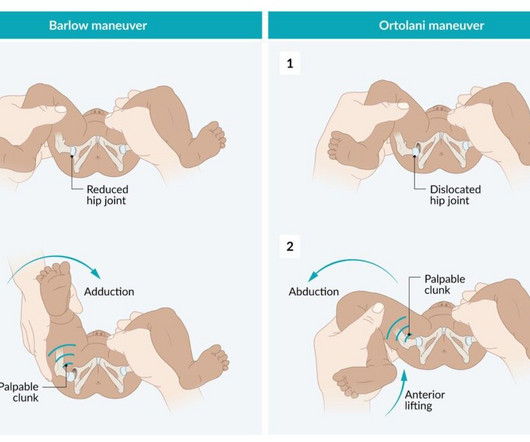REBEL Cast Ep116: The CLOVERS Trial – Restrictive vs Liberal Fluids in Sepsis-Induced Hypotension
RebelEM
MAY 18, 2023
REBEL Cast Ep116: The CLOVERS Trial – Restrictive vs Liberal Fluids in Sepsis-Induced Hypotension Click here for Direct Download of the Podcast Paper: The National Heart, Lung and Blood Institute Prevention and Early Treatment of Acute Lung Injury Clinical Trials Network. Liberal: 14.9% Estimated Difference: -0.9%; 95% CI 04.4


















Let's personalize your content